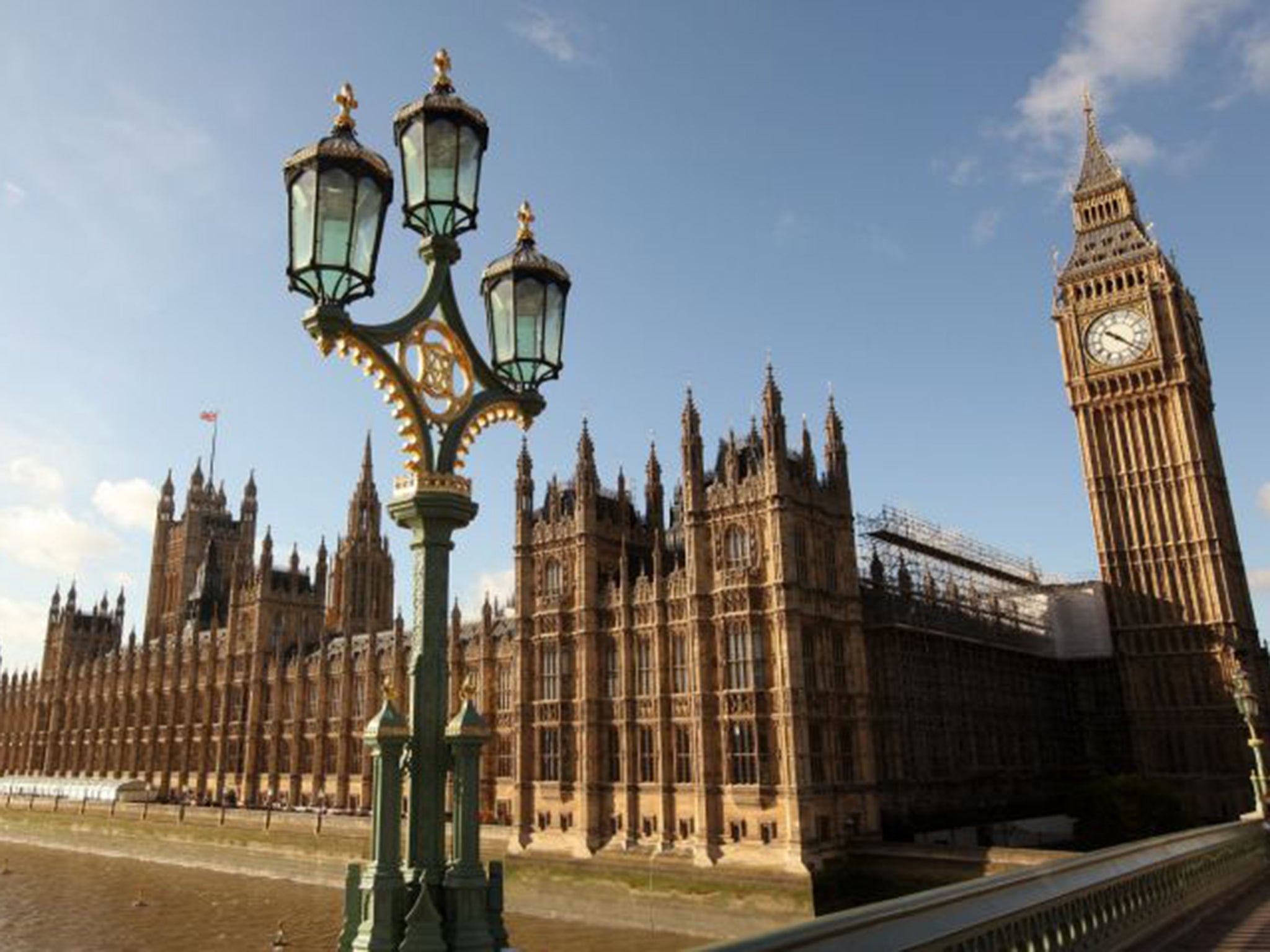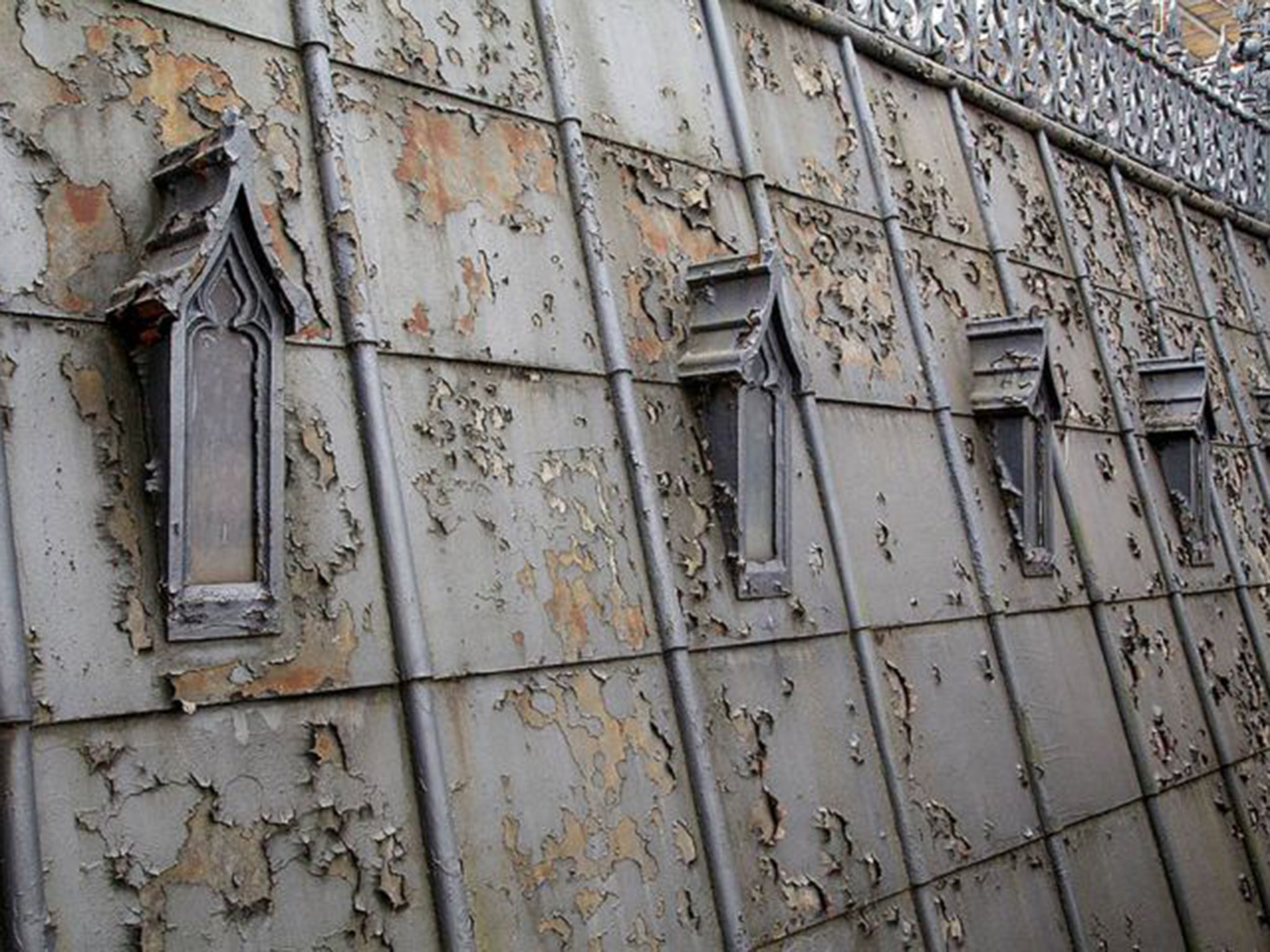Parliament restoration: It will be costly, take ages – and be worth it
The proposed restoration of the Parliament building has nothing to do with making life comfortable for MPs


It does not take a genius to anticipate the reaction on the day when the House of Commons and the House of Lords agree to spend billions of pounds of public money on restoring the Palace of Westminster. The cry will go up that politicians who have sacrificed the jobs of hundreds of thousands of public-sector workers and squeezed the incomes of the poorest in the drive for austerity suddenly have vast resources to spent on their own place of work.
Somebody will calculate that the £3.5bn or more they are spending on the Parliament buildings would be enough for 10 hospitals, 16 schools, 40km of high-speed rail track, or a fifth of a new nuclear power plant, or whatever. The anti-politics culture is so strong now that there are influential people in Parliament, including the Speaker, John Bercow, and the Commons Leader, Chris Grayling, who would rather stay in the building and put up with the noise, dust and disruption for decades than move out for a few years so that contractors can finish the job relatively quickly.
One reason is that they are privately afraid that if they leave, public hostility will prevent them from ever going back to their expensively renovated premises, whereas “possession is nine points of the law”.
It is absurd that they should need to be on the defensive. The proposed restoration of the Parliament building has nothing to do with making life comfortable for MPs. It does not generally inconvenience the MPs or the peers that the building is crumbling over their heads. The roofs of their offices do not leak. Actually, most of their offices are in newer buildings close by.
In the Palace itself there are some MPs’ offices, but there are also offices for Parliament’s 2,000 staff, and others employed by MPs, libraries, meeting rooms, dining rooms, kitchens, rooms where the maintenance staff and security staff are based, basements, and miles of corridors. The Palace has more floor space than the British Museum, and about five times that of the Old Bailey. It has 83,610 sq m of external stonework, 1,650 sq m of roof tiles, 4,000 of the original 19th-century windows.
Most of the structure dates from the 1830s, after the great fire of 1834 destroyed the old wooden building, but parts are much older. Parts of the wall of the Great Hall, where Thomas More was tried and condemned, and the Queen Mother lay in state, are 1,000 years old. Hidden away inside the great complex there is an extraordinary courtyard called the Cloister Court, which was built in the 14th century, renovated during the reign of Henry VIII, and used to be the main entrance through which visitors arrived in their horse-drawn carriages.
To enter it is like travelling back through the centuries, but almost no one does – indeed, almost no one knows it is there – because it is now completely enclosed. The only access is through doors leading off offices on the floor below the debating chamber. Its walls and Plantagenet gargoyles are in a sorry state of neglect. In 1960, the Commons authorities noted that the grass never grew in Cloister Court because the walls were so high it rarely saw the sun, so they paved it over, but the paving does not absorb rainwater properly and needs to be ripped up and replaced.

The television journalist Michael Cockerell gained access to it with a camera crew for his series on Parliament. While he was interviewing John Thurso, then a Liberal Democrat MP, about the state of the court, Thurso touched one of the walls and a piece of stonework came away in his hand.
If the MPs agree to move out, the experts say they can save the gargoyles, restore the courtyard, and make it accessible – but there is a major hitch. The only way they can get the necessary equipment into Cloister Court is by hoisting by crane over the top of the high roof.
That is one of many tricky problems this building throws up. Another is that there is damp visible on the high wall of the main stone staircase leading up to the committee corridor, caused by a leaky ancient lead water pipe. That ought to have been easier to fix, because on the other side of the wall there was a small courtyard, in which it would have been easy to put up scaffolding. Unfortunately, in the 1830s, the designers of the building did not expect there to be women working there, and provided no ladies toilets. Where the courtyard was there is now a visitors’ toilet, but its roof its not strong enough to support scaffolding, so the scaffolding had to come down from the top of the building.
It is for the MPs and peers to decide between moving out so that the building can be restored relatively quickly, or staying put and hoping it can all be done before the year 2060. In my book, the idea that they should move to Manchester – as the Labour MP Graham Stringer proposed – is a waste of public money. Being shut inside a complex accessible to those with security is not going to bring them any closer to the electorate just because it is hundreds of miles from the seat of government.
But they will have to risk the wrath of the public and get the building restored. This is not about their comfort. Parliament is one of the world’s most famous buildings.
There are few man-made landmarks in the world more recognisable than the clockface of Big Ben. It is a superb building, replete with history. It is part of our national identity. To let it go to go to rot would be vandalism, for which future generations would not forgive us.
Join our commenting forum
Join thought-provoking conversations, follow other Independent readers and see their replies
Comments